International Journal of Radiology and Radiation Oncology
Non-Surgical management with Intra-Arterial Concurrent Chemo Radio Therapy (IACCRT) can be a definitive organ preservation treatment for buccal cancer patient
Andrew Yau-Wah Young1*, Cheng-Yo Yen2 and Chil-Hsin Hung1
2Superintendent, E-Da Hospital, Taiwan
Cite this as
Yau-Wah Young A, Yen CY, Hung CH (2023) Non-Surgical management with Intra-Arterial Concurrent Chemo Radio Therapy (IACCRT) can be a definitive organ preservation treatment for buccal cancer patient. Int J Radiol Radiat Oncol 9(1): 001-004. DOI: 10.17352/ijrro.000049Copyright License
© 2023 Yau-Wah Young A, et al. This is an open-access article distributed under the terms of the Creative Commons Attribution License, which permits unrestricted use, distribution, and reproduction in any medium, provided the original author and source are credited.Conventional Head and Neck cancer treatment with primary surgical intervention is a relatively suffering manipulation because of causing severe facial deformity, and mastication malfunction, and resulted in a very poor quality of life for the patients afterward. And post-operation adjuvant therapy with combined modality treatment with Concurrent Chemo-Radio Therapy (CCRT) has been recommended approach for H&N cancer for decades too. But it is also relatively more toxic to the patient, and further severely disrupts patients’ quality of life due to systemic side-effects caused by intravenous cytotoxic drug delivery. Intra-arterial infusion chemotherapy is another option for CCRT because of not only a better tumor response documented, and also bonus a better quality of life improvement.
The demonstrated H&N cancer patient approaching with Intra-Arterial Concurrent Chemo-Radio Therapy (IACCRT) showed a very satisfactory curative outcome. Besides the much better quality of life for the patient was conserved, it also bonuses to restore the patient’s dignity of life when compared to the conventional suffering surgical intervention. Such highly humanize IACCRT treatment modality for H&N cancer patients should be recommended and encouraged in clinical practice.
Introduction
Clinically malignant tumor treatment response is proportional to anti-cancer treatment dose, either irradiation dose or cytotoxic drug dose. And combined modality treatment also showed a synergic effect [1-3] in general. For a patient diagnosed with buccal cancer surgical intervention is the first priority medically. But facial deformity succumbs to such invasive surgical treatment. And with further adjuvant treatments by radiation and chemotherapy, the condition will be worse and suffer. Facial deformity, neck fibrosis, mastication, and swallowing malfunctioning are even more suffering and frightening than cancer itself. Almost no Quality of Life after such an invasive radical treatment for those buccal cancer patients.
More humanize treatment modalities for such H&N cancer [4] patients should be introduced, and urgently promote for clinical practice. Intra-Arterial Concurrent Chemo-Radiotherapy (IACCRT) can be a better choice for the such patient because this humanized approach treatment modality is relatively effective and conserves the better quality of life for the patients. The demonstrated patient not only resulted in a successful complete remission of the targeted malignant tumor, and also bonus a better quality of life [5], was restored, and also the dignity of life for the patient.
Case presentation
This 35 y/o male patient came to Taiwan and requested for treatment his buccal cancer diagnosed in Hong Kong, but he refused routine clinical surgical excision due to possible facial deformity might be the consequence.
• The patient visited Out-Patient Department (OPD) in May/2006 without any particular appearance of a cancer patient. But he just can’t speak clearly to me due very severe trismus condition.
• On a simple OPD physical examination relevant to head and neck cancer, no neck lymph node was palpated. But a 3 cm - 4 cm induration was palpated on the right cheek, with mild tenderness inside the mouth. Only a one-finger breath (1-fb) space through his mouth showed a severe trismus caused by cancer.
• Because of his very tough refusal of surgical intervention, Intra-Arterial Concurrent Chemo Radio Therapy (IACCRT) was recommended.
• After a brief explanation about IACCRT, the patient looked very pleased by our “Special Offer” for him.
• Trace back to the patient’s disease history, he was not a betel nut user at all. But he told he was poor oral hygiene habits, he seldom had teeth brushing every day. Buccal cancer was diagnosed at HK hospital in March/2006 and was told surgical cutting off his face was inevitable. And he was so frightened to flee away from the hospital at once.
• After explaining his Organ Preservation Treatment policy, the patient was accepted to our service under the diagnosis of Right Buccal Cancer, Squamous Cell Carcinoma (Clinical staging: T2N0M0).
Method
1. The patient arranged for interventional radiology for IA port catheter insertion in the left external carotid artery [5] with the catheter tip located on about 2 cm distal end of the carotid bifurcation position. Start IA chemotherapy about 5 - 7 days after insertion.
2. Arrange radiotherapy treatment planning during the preparation days.
3. IA infusion cytotoxic chemotherapy with the regimen: Bleomycin 10 mg + Etoposide 30 mg + Cisplatin [6] 20 mg add up to 300 cc solution with 0.9% Normal Saline, IA infusion for 6 hours, on D1 weekly for 5 weeks concomitantly with radiation therapy. (The regimen was not commonly practiced in general, the common regimen for H&N cancer should be Plantium + 5-FU globally, but a high dose of 5-FU will aggravate mucositis when combined with irradiation which will be severely hampering the quality of life for the patient).
4. Irradiation with 200 cGy fraction dose daily on D1-5 weekly for 5 weeks with a total dose 5000 cGy concomitantly with IA cytotoxic chemotherapy. (Radiation dose with 5000 cGy might not be enough to eradicate a gross tumor mass in general clinical practice, but with IACCRT concomitantly it will be good enough to eradicate a gross tumor and further spare side-effect of severe mucositis which will conserve the quality of life for the patient).
5. Best supportive treatment for any possible adverse event during the treatment course.
Treatment Course
• Considering the patient’s general physical performance was relatively excellent, ECOG score < 1 (he went to Taiwan from Hong Kong by plane personally to visit my OPD). Intra-Arterial Concurrent Chemo-Radiotherapy (IACCRT) was suggested due to its superior anti-tumor effect and much fewer systemic side-effect [5,6].
• The preparation procedure for the IACCRT is as follows:
1) Send for interventional radiologist for IA-port catheter insertion on the lesion side, right external carotid artery [5,7];
2) Radiation oncologist for further R/T treatment simulation and planning;
3) Scheduled treatment: (D1) IA-infusion cytotoxic chemotherapy with Bleomycin+ Etoposide+ Cisplatin [6] (BEP regimen) concomitantly with radiotherapy (D1-D5) WEEKLY for 5 weeks.
• The whole treatment course was given very smoothly and successfully. Tumor shrinkage was also observed after one week of treatment, and the symptom of trismus as almost totally relieved after the first one-week treatment.
• No tumor bleeding was noted throughout the whole treatment except moderate painful mucositis probably due to radiation therapy.
• After the 5-week treatment course was completed, the patient was sent back home to Hong Kong and waited for the next OPD follow-up 3 months later.
• The patient was absent for the 3-month OPD follow-up. Case-manager made a phone call to the patient and reported that the patient’s condition was very well. And he was lazy to come back to Taiwan again.
• Instead, I visited the patient about one year later in Hong Kong. By observation, the patient was extraordinarily excellent (ECOG score 0) and almost no noted buccal cancer treatment sequelae. But left an IA-port insertion scar only on the lesion neck position and even not any skin fibrotic change, only minimal telangiectasis on the lesion cheek was noted.
• Perfectly no facial deformity, no impairment of mastication nor swallowing function resulted.
• Up to 3 years of patient-reported follow-up, no local recurrence nor distant metastasis was reported. And no oral functioning impairment [8] was complaint too.
Discussion
Buccal cancer is not uncommon cancer in Taiwan due to the high risking betel nuts chewing among part of the general population. It has been listing the top-10 cancer mortality for the past 30 years in Taiwan. Surgical excision with adjuvant chemotherapy and radiation therapy are routine radical medical treatments for buccal cancer in general. But the consequence of such radical invasive medical treatment always results in very suffering morbidities of facial deformity, malfunctioning of mastication, and swallowing function which are even more suffering by cancer itself. Almost no quality of life for buccal cancer patients after the routine radical medical manipulation, making those patients sink into a severe depressive mood as a post-treatment complication. A more patient-friendly treatment is urged for a more humanize care modality.
The demonstrated buccal cancer patient was frightened by such excruciating treatment. And knowing there is a more humanize treatment in Taiwan, he came requesting intra-arterial concurrent Chemo-Radiotherapy (IACCRT). IA infusion cytotoxic chemotherapy [9] can be a very friendly treatment modality for head and neck cancer patients which can be easily accessible through external carotid artery infusion with high dose intensity to the tumor site, and with minimal systemic side effects compared to systemic intravenous chemotherapy. The patient can be much easier to tolerant through the whole treatment. And also head and neck cancer seldom spread distantly during an early stage. It is really good to encourage IACCRT for those early-stage head and neck cancer patients. And also a perfect organ preservation effect can be expected.
The treatment course had been going smoothly and successfully all the way. Almost no adverse event nor complication, and no skin fibrotic change afterward eventually. The exceptionally satisfactory treatment outcome could be due to the delivery of meticulous procedural arrangement (precise cytotoxic drugs prescription and radiation treatment planning) and the expert clinical working team. With much more radio-surgery techniques and machinery, nowadays a much more curative tumor ablation outcome can be expected.
Conclusion
Intra-arterial concurrent chemo-radiotherapy (IACCRT) has been a very sophisticated treatment modality for head and neck cancer patients. And there exists an urgent need for such an effective patient-friendly treatment example. Besides restoring the best possible quality of life for those H&N cancer patients, the organ preservative and curative effect of IACCRT is also promising. Such a humanized treatment modality should be encouraged. Further clinical practice and sharing are also expected to arouse and promote the merciful medical care model.
- Seiwert TY, Salama JK, Vokes EE. The concurrent chemoradiation paradigm--general principles. Nat Clin Pract Oncol. 2007 Feb;4(2):86-100. doi: 10.1038/ncponc0714. PMID: 17259930.
- Chen Q, Zhang B, Dong Y, Mo X, Zhang L, Huang W, Jiang H, Xia J, Zhang S. Comparison between intravenous chemotherapy and intra-arterial chemotherapy for retinoblastoma: a meta-analysis. BMC Cancer. 2018 Apr 27;18(1):486. doi: 10.1186/s12885-018-4406-6. PMID: 29703164; PMCID: PMC5924469.
- Hennequin C, Favaudon V. Biological basis for chemo-radiotherapy interactions. Eur J Cancer. 2002 Jan;38(2):223-30. doi: 10.1016/s0959-8049(01)00360-4. PMID: 11803139.
- Homma A, Onimaru R, Matsuura K, Robbins KT, Fujii M. Intra-arterial chemoradiotherapy for head and neck cancer. Jpn J Clin Oncol. 2016 Jan;46(1):4-12. doi: 10.1093/jjco/hyv151. Epub 2015 Oct 20. PMID: 26486825.
- Homma A, Onimaru R, Matsuura K, Robbins KT, Fujii M. Intra-arterial chemoradiotherapy for head and neck cancer. Jpn J Clin Oncol. 2016 Jan;46(1):4-12. doi: 10.1093/jjco/hyv151. Epub 2015 Oct 20. PMID: 26486825.
- Yoshizaki T, Kondo S, Wakisaka N, Murono S, Kitagawa N, Tsuji A, Nakashima M, Sanada J, Matsui O. Concurrent intra-arterial chemotherapy and radiotherapy for advanced laryngeal cancer. Ann Otol Rhinol Laryngol. 2009 Mar;118(3):172-8. doi: 10.1177/000348940911800303. PMID: 19374147.
- Jia S, Wen X, Zhou M, He X, Han M, Fan J, Jia R, Fan X. Comparison of Intra-Arterial Chemotherapy Efficacy Delivered Through the Ophthalmic Artery or External Carotid Artery in a Cohort of Retinoblastoma Patients. Front Med (Lausanne). 2021 Jun 11;8:658305. doi: 10.3389/fmed.2021.658305. PMID: 34179043; PMCID: PMC8225945.
- Ohmae M, Kato I, Fujita Y, Tkaoka H. Long-term result of out-patient intra-arterial chemotherapy in patients with stage II and III oral cancer. Head and Neck Cancer. Meeting Abstract | 2017 ASCO Annual Meeting I. 35.
- WhelanC. What Is Intra-Arterial Chemotherapy. 2022.
Article Alerts
Subscribe to our articles alerts and stay tuned.
 This work is licensed under a Creative Commons Attribution 4.0 International License.
This work is licensed under a Creative Commons Attribution 4.0 International License.

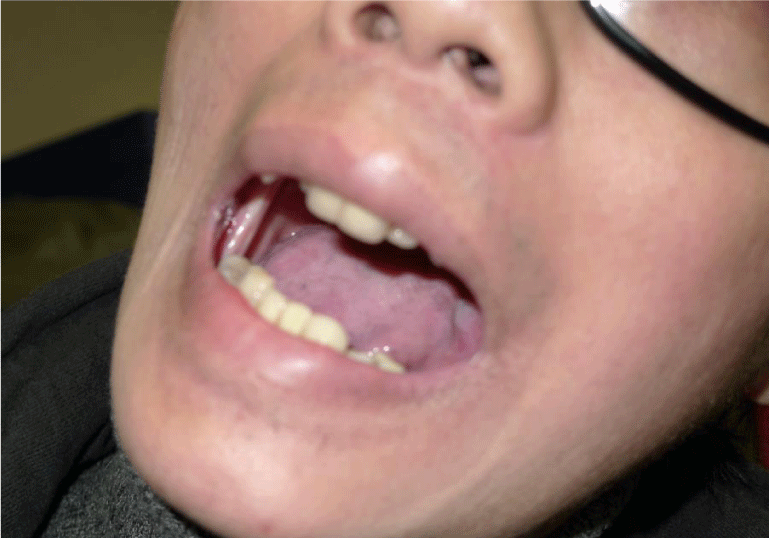
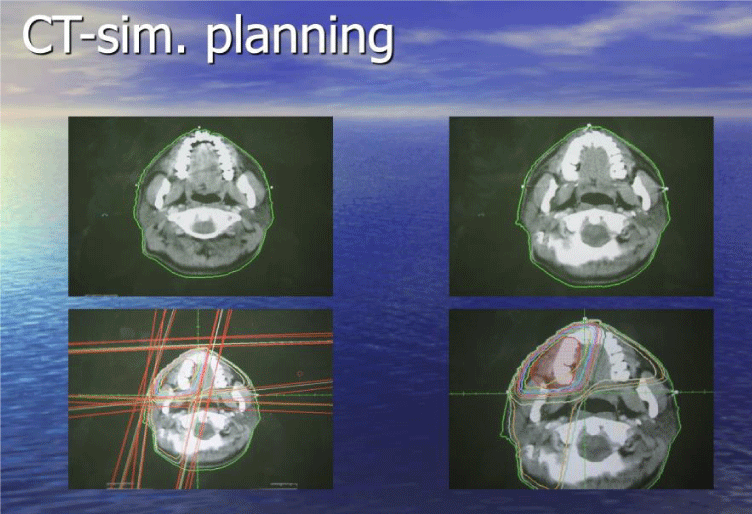
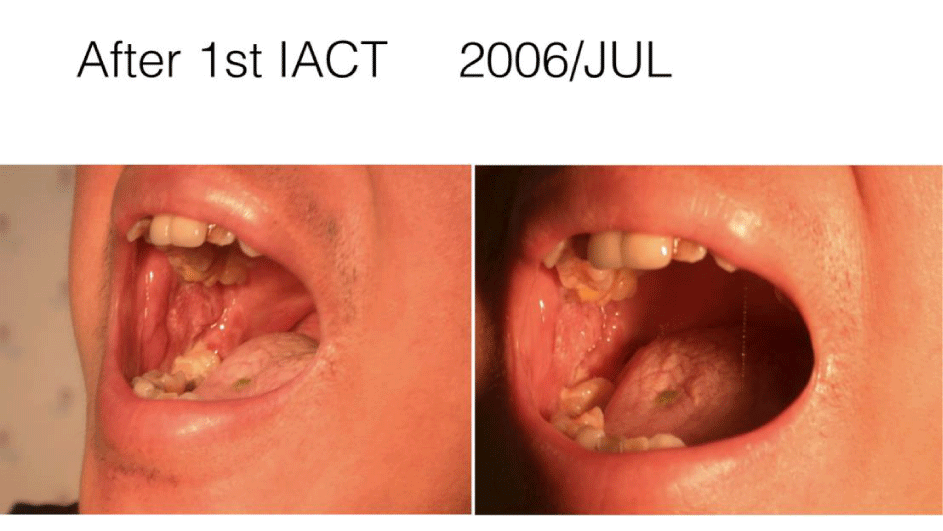

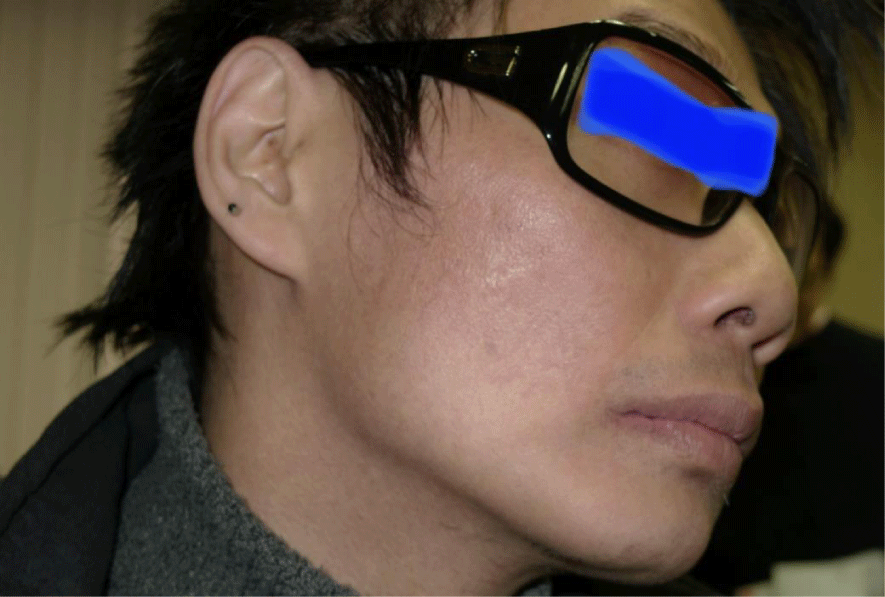
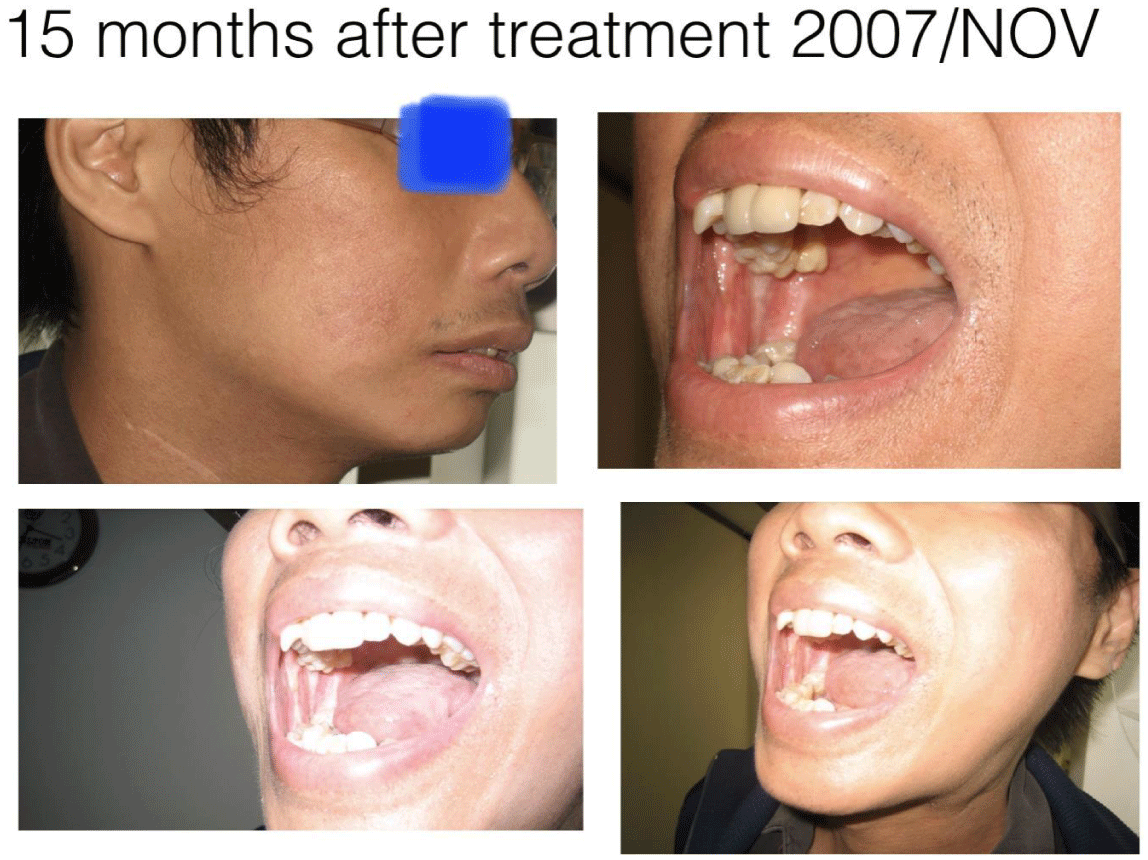


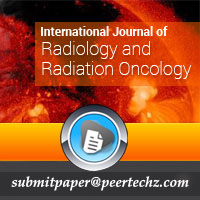
 Save to Mendeley
Save to Mendeley
